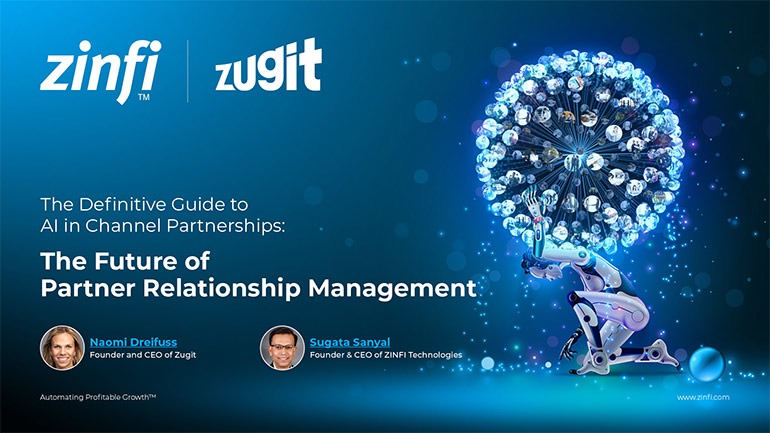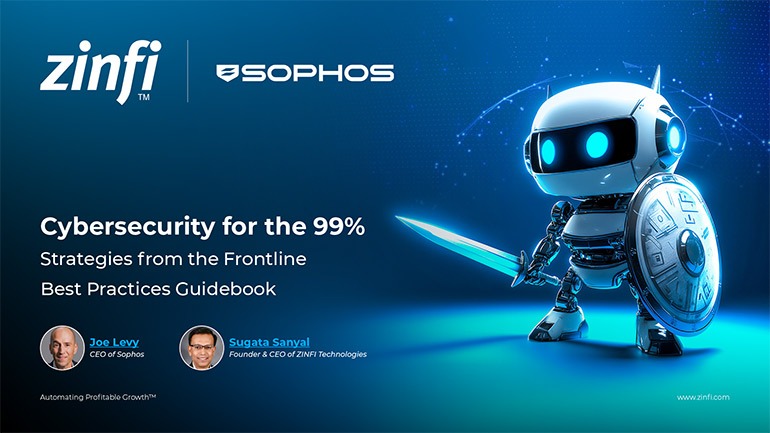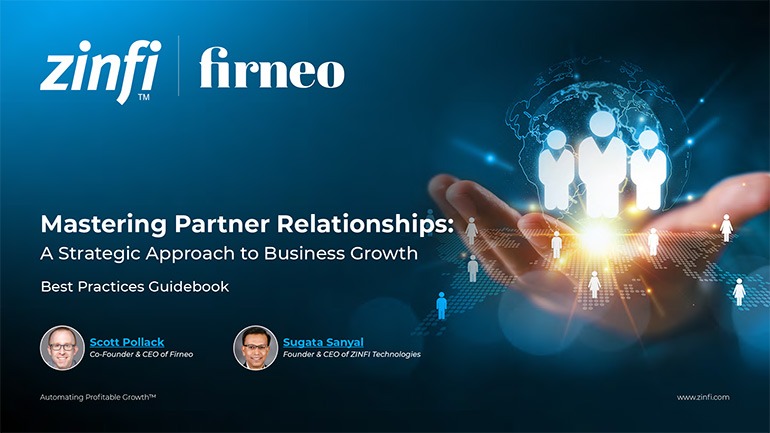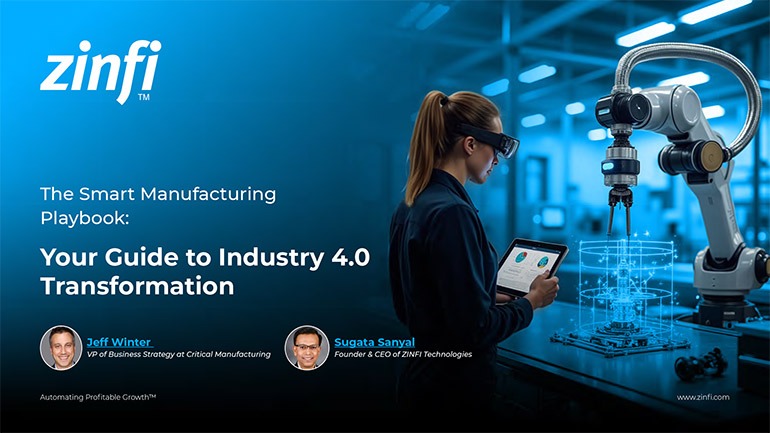In this episode, Sugata Sanyal, Founder & CEO of ZINFI, welcomes Naomi Dreifuss, Founder & CEO of Zugit, for an in-depth discussion about her journey from enterprise SaaS sales to launching a transformative AI-powered partner experience platform. Naomi reflects on her decade-long career in B2B sales, with notable stints at data-centric companies like Sisense, where she first encountered the systemic challenges of working with channel partners.
At Sisense, Naomi struggled with the inefficiencies of indirect sales—complex processes, lack of alignment between sales and partnership teams, and minimal trust between vendors and partners. The pivotal moment came when the company announced it would cut parts of its direct sales force to expand its channel partner program. Realizing the future lay in mastering this flawed system, Naomi sought to understand and ultimately redesign it.
She discovered her frustrations were widely shared among peers in similar roles, revealing a broader industry problem: channel partnerships were broken, weighed down by poor data sharing, misaligned incentives, and outdated processes. This insight fueled her decision to found Zugit, named after the Hebrew word Zug (partner). Naomi’s vision is to build an agile, modern framework for partner relationship management akin to how Salesforce revolutionized software delivery.













